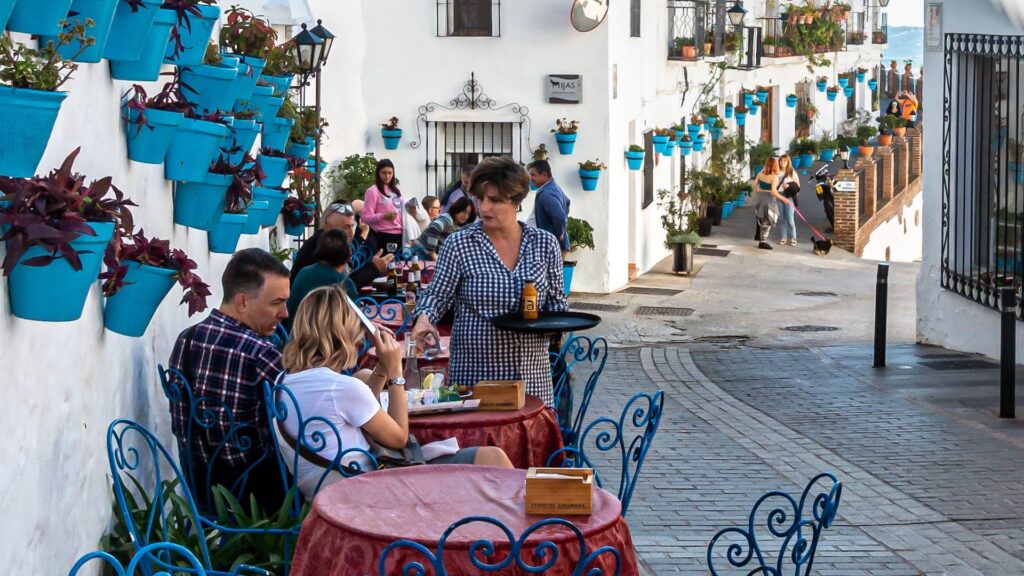Spanish, it’s not all the same
One Spanish speaking culture is not the same as another Spanish speaking culture. One Latin-American country is not the same as another Latin-American country. One Mexican city is not the same as another Mexican City. We can say the same about English speaking cultures such as U.K., Australia and others when compared to the U.S. We can also compare the differences within the U.S.; it is not the same as being assigned for a new post on the West coast or on the East coast. I could go on forever here.
Having a boss from Spain is not the same as having a Mexican boss, but yes there are characteristics one could find similar. Having a team of Argentinians or Peruvians is not the same. As written by Alfredo Ardila “The Spanish-speaking world is heterogeneous from every point of view: social, cultural, and economic. There is a “base” culture (Hispanic culture) that presents a great variability according to the country and the region. It is necessary to consider the possible cultural variations.”
Hispanic Iberia
Through this post and the next, I will touch upon just some of the differences and similarities when talking about Spanish speaking cultures. But first, let’s take a peek at the Iberian Spanish culture. We won’t look at the regional differences observed within Spain, as customs, language, and physical phenotype within it is a more complex subject. Spain is one of the countries in the world that has most changed recently. Even 50 years ago, Spain was a traditional, conservative country with lots of influence from the Catholic Church; it has had its differences from the rest of Europe. Emigration to Western Europe and Latin America was high. But now we can observe that with a very liberal 1978 Constitution, a lower influential Catholic Church, and it’s Top Ten in the world life expectancy, Spain is currently a highly developed Western society with its own values, customs, and cultural expressions.

Spain – Top Distinctive Cultural Dimensions
Based on the above, in an Intercultural sense, let’s analyze a couple of Spain’s distinctive Cultural Dimensions, a subject I mentioned in my blog two months ago.
- The Value of time or perception of time derives in large part from the interpretation of life and the acceptance of death. Time is to be filled with the important things in life. From this perspective, work and thus it’s schedules is not necessarily viewed as central to life and can be considered more flexible. A thinking of Time is Plenty. This is also influenced by the common sense that they manifest in things such as the acceptance of death, which brings with it the need to live life intensely. This also takes us to the next dimension,
- Family work balance Influenced by it’s religious background, Spain’s society places great emphasis on family ties, translating this directly to family work balance, one can observe great loyalty to family, friends, and even work groups.

In my next post, I will turn to see the Spanish culture in Latin-American countries, as well as important Culture Dimensions that influence one’s behavior in the workplace in these cultures.
How can I help?
The understanding, both through knowledge and respect, of one’s Cultural Dimensions as those of the cultures one works with, is key to interact across cultures. As an Executive Intercultural Coach, I will accompany you to discover both yourself and the new culture, be it in a new team, in a new country or in a new company.
Sources
Who Are the Spanish Speakers? An Examination of Their Linguistic, Cultural, and Societal Commonalities and Differences, Alfredo Ardila, Hispanic Journal of Behavioral Sciences, vol. 42, 1: pp. 41-61. , First Published January 11, 2020.




Pingback: Culture within a world of cultures: Hispanic America - MG Coaches
Pingback: Spain and Mexico: different but not too much - MG Coaches